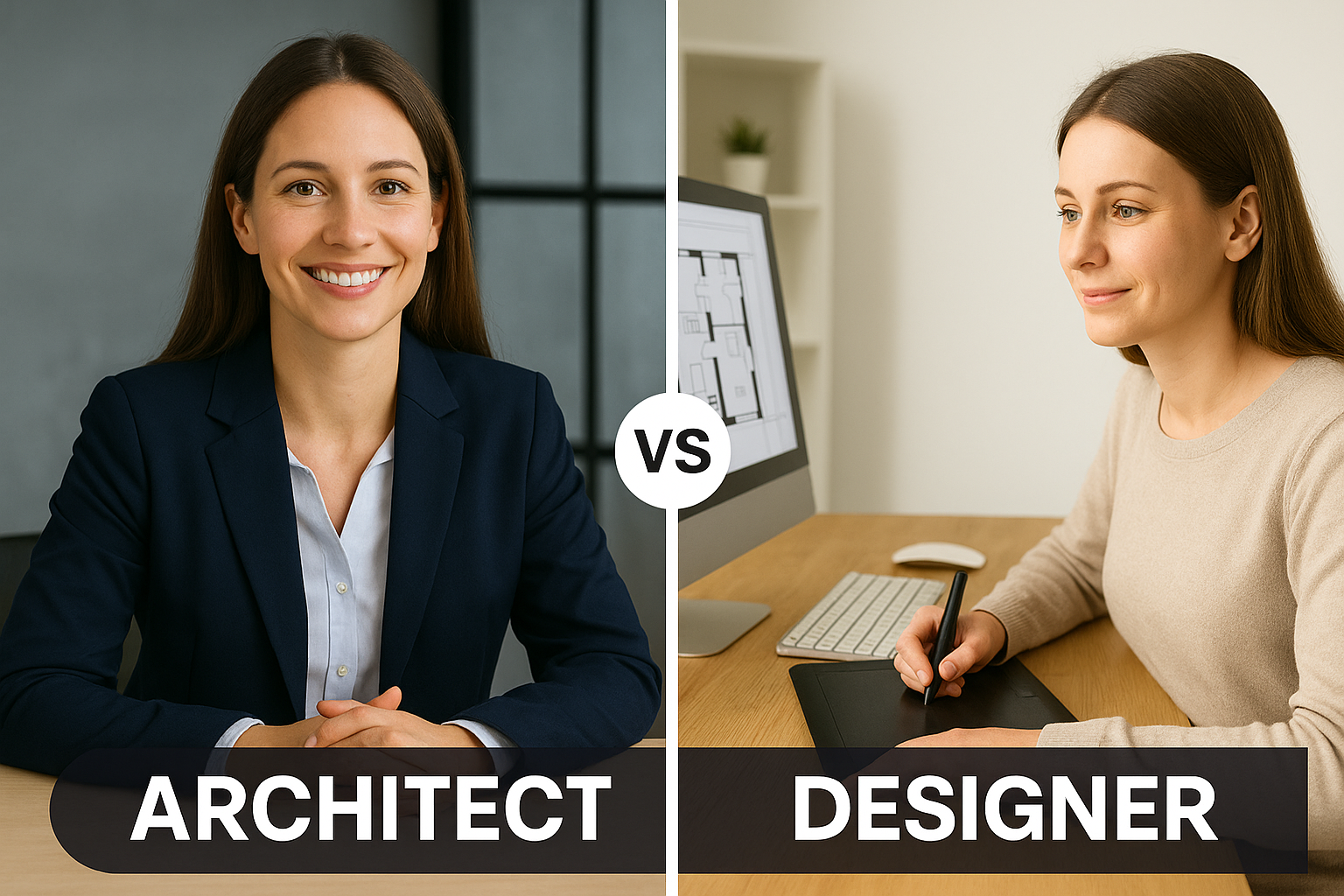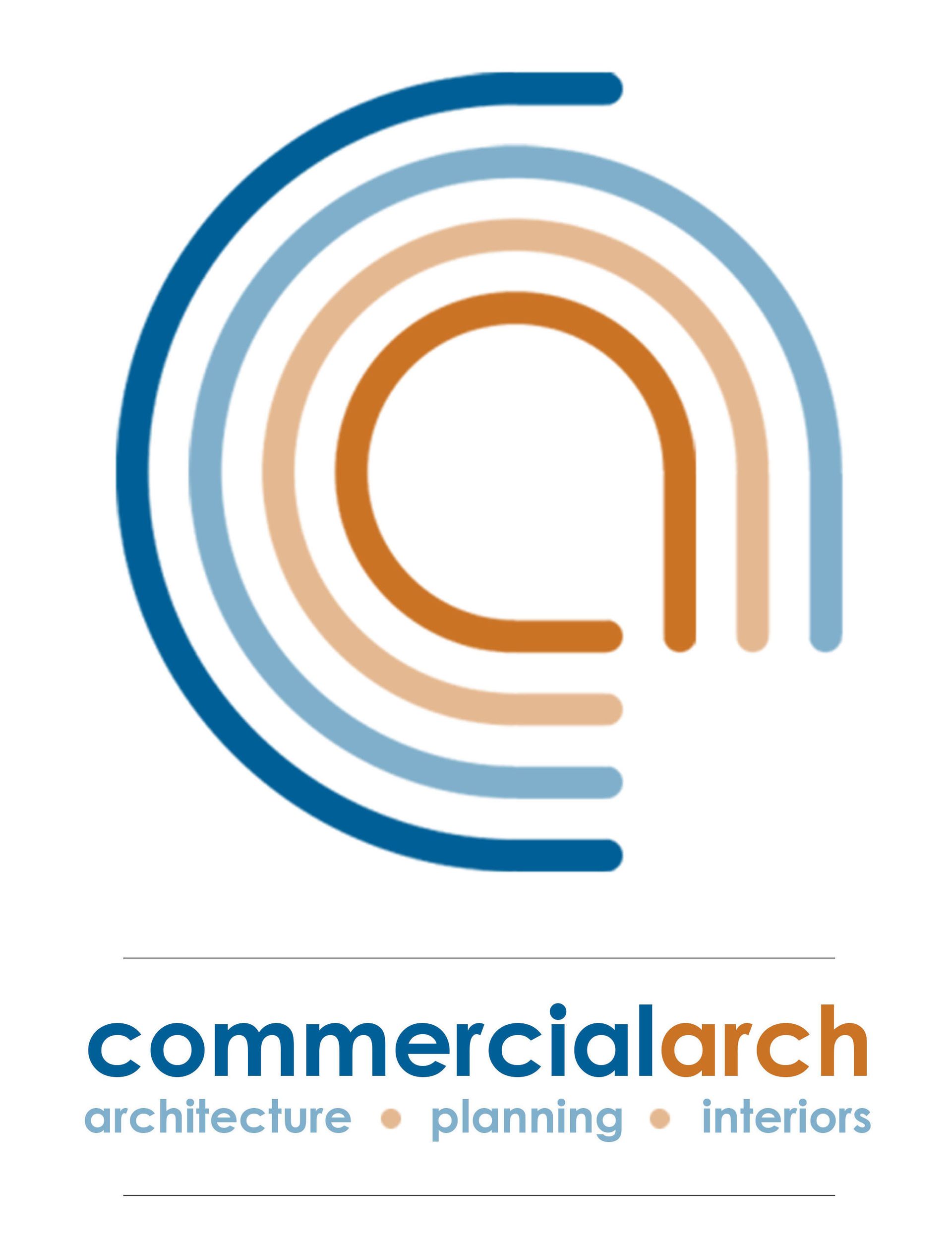What’s the Difference Between an Architect and a Designer?

When planning a new restaurant, office, retail space, or even a remodel, one of the first questions business owners ask is: “Do I need an architect, or can I just hire a designer?”
It’s a good question - and the answer depends on the scope, complexity, and requirements of your project. Here’s a clear breakdown of the difference between an architect and a designer, and when you might need one over the other.
Education and Licensing
- Architect:
Architects are licensed professionals who complete a degree in architecture, a multi-year internship, and a series of rigorous exams. Licensure allows architects to legally design buildings, stamp drawings, and submit plans for permit approval with city or county agencies. - Designer:
Designers may have formal training in interior design, drafting, or space planning — but they are not licensed to practice architecture. While many designers are creative and skilled, they cannot provide stamped construction documents required for permits.
Scope of Work
- Architects:
- Design building layouts, structures, and systems.
- Ensure compliance with building codes, zoning laws, ADA, and fire/life safety regulations.
- Provide permit-ready drawings that cities require for approval.
- Coordinate with engineers, contractors, and consultants.
- Designers:
- Focus on aesthetics and function: finishes, furniture, color schemes, and layout concepts.
- Great for interior branding, decor, and visual presentation.
- Can collaborate with an architect to bring vision and practicality together.
Legal Requirements
In most jurisdictions:
- If you are changing the structure, occupancy, or systems (plumbing, mechanical, electrical) of a building, you need an architect.
- If you are simply refreshing interiors with paint, furniture, or non-structural updates, a designer may be sufficient.
Collaboration is Key
The truth is, architects and designers often work best together. An architect ensures that a space is safe, functional, and code-compliant, while a designer adds the creative touches that make it inviting and brand-aligned.
At CommercialArch, we frequently collaborate with design teams to merge compliance and creativity - giving clients the best of both worlds.
Why Hire an Architect?
Hiring an architect isn’t just about meeting code requirements. It’s about:
- Avoiding costly delays during plan review.
- Ensuring your project is designed to last.
- Getting a trusted advisor who manages the technical details so you can focus on your business.
In summary:
- Architects = licensed professionals, technical and legal experts, can provide stamped drawings for permits.
- Designers = creative professionals, focused on look and feel, but cannot handle permit drawings alone.
If your project involves construction, code compliance, or permits - you’ll need an architect.
Ready to Start Your Project?
Whether you’re opening a new restaurant, retail store, or wellness studio, CommercialArch can guide you through the entire process — from concept to construction.


